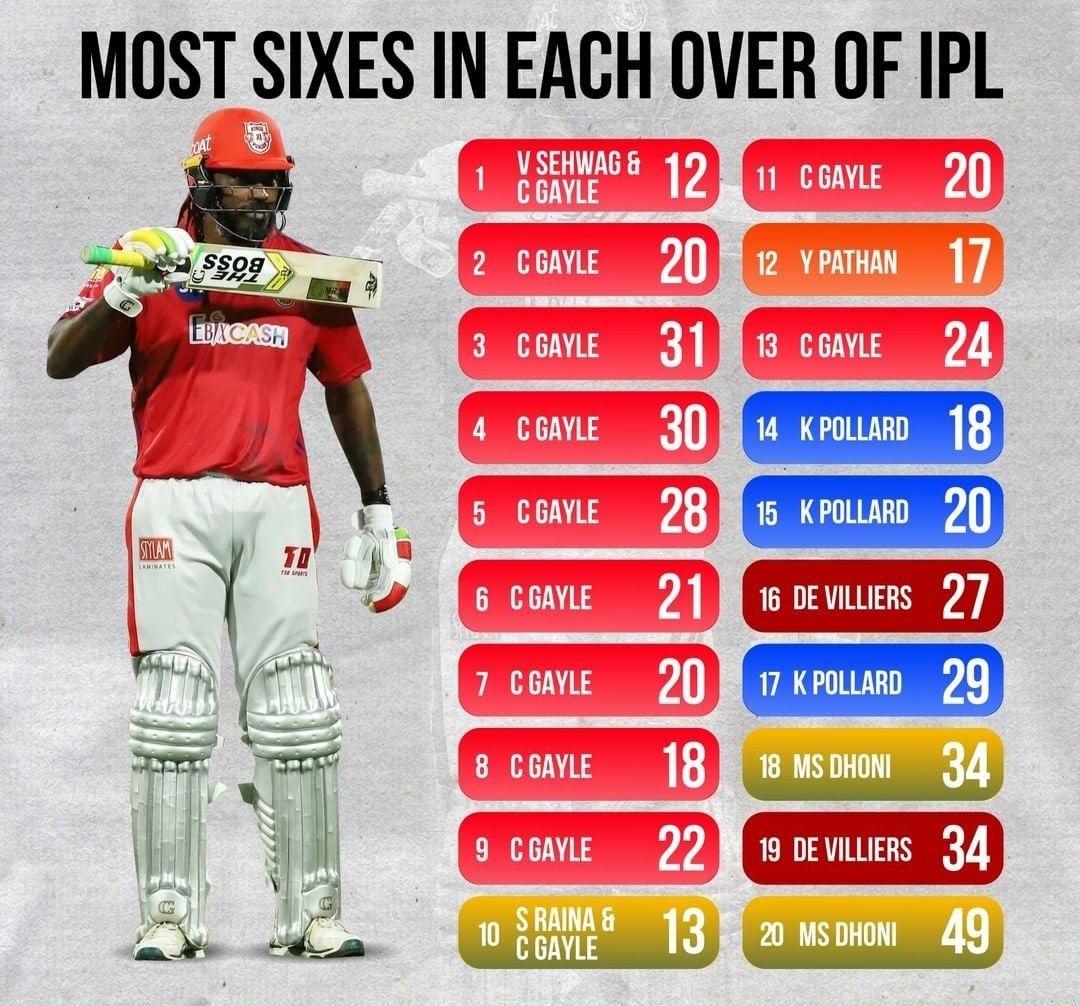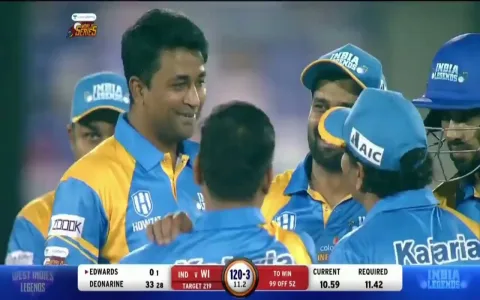Okay so I tried something wild this week. Always loved watching those IPL matches back in 2020, right? Especially how the big players just smashed those sixes like it was nothing. Thought maybe some of that team strategy could work for me trying to hit more boundaries. Crazy idea? Maybe. But worth a shot.
Starting Simple: Finding My Own ‘Star Players’
First thing I did was basically watch a ton of those old match replays. Not just for fun this time, really watching the guys hitting big. Virat? Rohit? Pollard? How were they doing it? Didn’t just see the bat swing, ya know?
I jotted down notes like:
- Stance: Looked how wide their feet were planted. Some were solid, almost bored looking before the shot.
- Ball Spot: Seriously watched when they decided. Not too early, not too late. Like just before the bowler let go, that tiny moment where they committed.
- Follow-Through: Their arms didn’t stop after hitting it! The bat just kept going right around almost. Massive follow-through.
Felt kinda silly watching screen grabs frame-by-frame on my laptop, coffee cold, scribbling like a madman. But hey, you gotta start somewhere.

Taking Notes To The Nets
Next day, dragged my old bat and gear to the local practice nets. Goal? Just practice feeling like one of those stars for five balls in a row. Easier said than done!
Attempt 1: Tried widening my stance like I saw Virat do. Felt super awkward. Tried to spot the (imaginary) bowler’s release… swung way too early. Missed completely. Embarrassing sound of whooshing air.
Attempt 2: Okay, relax. Planted my feet a bit less wide – found my own comfy spot. Took a deep breath. Focused on where I thought the ball would be. Swung. Made contact! Weak little thud right back to the bowler. Not a six. Barely a one.
Attempt 3 & 4: Okay, remembered that follow-through thing. Next two balls, I forced my arms to keep swinging upwards after hitting it, no stopping. Result? Felt more power. One sailed decently towards mid-wicket! Started grinning like an idiot.
The “Game Plan” – Small Sessions, Big Focus
Didn’t wanna burn out. Decided to keep sessions short but super focused. Went back almost every other evening.
- Session Focus 1: Only footwork. Didn’t care if I hit it or not. Just worked on getting stable before any swing.
- Session Focus 2: Only watching the imaginary ball. Trying to ‘pick’ its line way earlier.
- Session Focus 3: The big one – FOLLOW-THROUGH! Swung like my life depended on that final whip upwards. Man, shoulders felt it the next day.
Slowly started putting it together. Didn’t happen overnight. Lots of ugly swings, weird shuffles, balls sailing high or skimming along the ground.
The Small Win & What Actually Works
Finally, maybe after a week and a half of this? It clicked for about three balls in a row.
Planted feet felt sturdy. Saw (well, imagined) the bowler’s arm coming over. Decided early. Swung clean, smooth, and crucially, didn’t stop the bat at the point of contact. Whoosh! Nice clean sound.
Result? Okay, they weren’t IPL stadium-clearing monsters! But in those nets? Definitely solid, powerful hits that felt GREAT and sailed deep towards the netting. Huge confidence boost.
Lesson Learned? It’s Mostly Mental & Muscle Memory
Honestly, copying the pros exactly? Didn’t work for me. Their stance didn’t fit my body. Trying to swing exactly like Pollard? Nope.
What DID work?
- The Preparation: Getting set early, feeling balanced before the swing mattered way more than how wide my legs were.
- The Timing Focus: Actually picking a line mentally before the swing started, not during.
- Following Through (This is key): Seriously, forcing my arms to go UP and THROUGH the shot added way more power than just trying to smash it. Made a bigger difference than anything else.
It’s kinda like the IPL teams had a blueprint, but I had to build my own little shed based on it, not copy their skyscraper. Feels better now. Fewer wild swings, fewer misses, better connections. That satisfying ‘thwack’ sound? Getting it more often.









